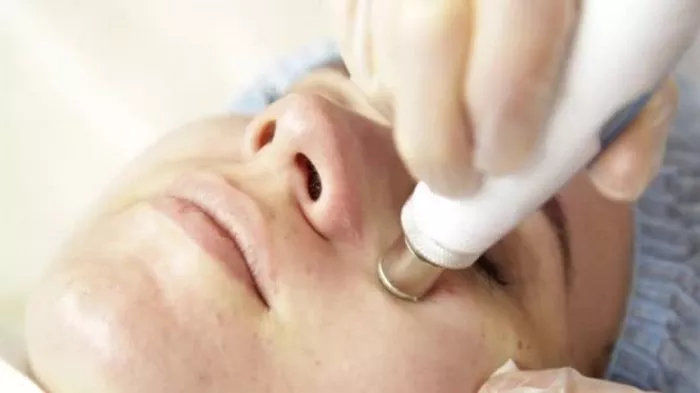Elbows, often an overlooked part of our anatomy, can surprise us with the appearance of wrinkles over time. This comprehensive exploration delves into the intricacies of why elbows may become wrinkly, exploring various factors such as aging, skin biology, environmental influences, and skincare practices.
The Anatomy of Elbow Skin
Skin Structure and Elasticity: The skin on our elbows is unique, characterized by a thinner epidermis and less underlying fatty tissue. This composition makes the skin more susceptible to wrinkles as it lacks the same elasticity found in thicker skin areas.
Frequent Movement and Flexion: Elbows are highly mobile joints, constantly subjected to movement and flexion. The repetitive bending and stretching of the skin contribute to the breakdown of collagen and elastin fibers, essential components for maintaining skin firmness.
Limited Oil Glands: Compared to other body parts, elbows have fewer oil glands. This reduced oil production can lead to dryness, exacerbating the appearance of wrinkles. Moisture retention becomes crucial in addressing the tendency for elbows to become wrinkly.
The Influence of Aging on Elbow Wrinkles
Collagen and Elastin Depletion: Aging brings about a natural decline in collagen and elastin production, proteins crucial for skin structure and resilience. As these fibers diminish, the skin on the elbows is more prone to sagging and the formation of wrinkles.
Thinning Skin Layers: The aging process results in the thinning of skin layers, making blood vessels more visible and contributing to the crepey appearance of the elbows. Protective fat pads also diminish, reducing the skin’s ability to bounce back.
Reduced Cell Turnover: Elbow skin may experience slower cell turnover with age, leading to a buildup of dead skin cells. This accumulation can accentuate the appearance of wrinkles, requiring exfoliation to promote a smoother texture.
Environmental Factors and Elbow Wrinkles
Sun Exposure: Prolonged exposure to the sun’s harmful UV rays can accelerate the aging process of elbow skin. UV radiation contributes to collagen breakdown and elastin damage, fostering the development of wrinkles.
Climate and Hydration: Harsh climates and low humidity levels can contribute to dry skin, exacerbating the formation of wrinkles on the elbows. Adequate hydration, both internal and external, plays a pivotal role in maintaining skin suppleness.
Clothing Friction: The constant friction between elbows and clothing, especially rough or tight fabrics, can contribute to the breakdown of skin fibers. Choosing softer fabrics and moisturizing regularly can mitigate this impact.
Skincare Practices for Smooth Elbows
Regular Moisturization: Keeping the skin on elbows well-hydrated is essential for reducing the appearance of wrinkles. Moisturizers containing ingredients like hyaluronic acid and glycerin can be particularly effective.
Sun Protection: Applying sunscreen to exposed elbows safeguards against UV damage. Sunscreen with SPF not only prevents wrinkles but also protects against skin discoloration and other sun-related issues.
Exfoliation: Gentle exfoliation can aid in removing dead skin cells, promoting smoother elbows. However, it’s crucial to avoid over-exfoliation, which can lead to irritation and worsen the wrinkling effect.
Addressing Elbow Wrinkles
Diet and Hydration: A well-balanced diet rich in vitamins and antioxidants supports overall skin health. Staying adequately hydrated contributes to the skin’s elasticity and can minimize the development of wrinkles.
Topical Treatments: Certain topical treatments, such as retinoids and peptides, may help stimulate collagen production and improve skin texture. Consulting with a dermatologist ensures the use of products suitable for elbow skin.
Medical Procedures: For more pronounced elbow wrinkles, individuals may explore medical procedures like laser therapy, chemical peels, or microdermabrasion. These interventions target deeper layers of the skin to enhance collagen production and reduce wrinkles.
Conclusion
Understanding the factors behind wrinkly elbows empowers individuals to adopt proactive measures in their skincare routines. From protective practices against environmental influences to nourishing the skin with effective moisturizers, addressing elbow wrinkles is a holistic endeavor. Embracing the uniqueness of elbow skin and incorporating tailored care can contribute to maintaining smoother, more youthful-looking elbows over time.


